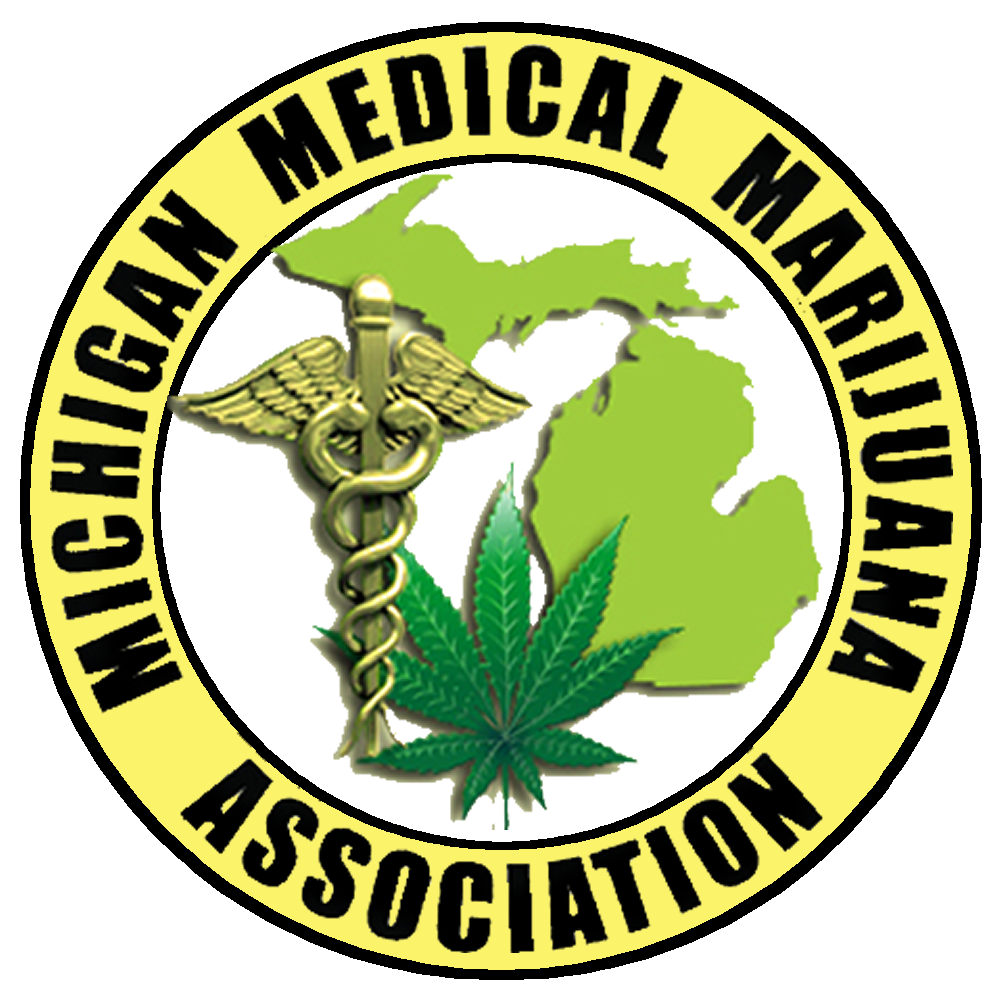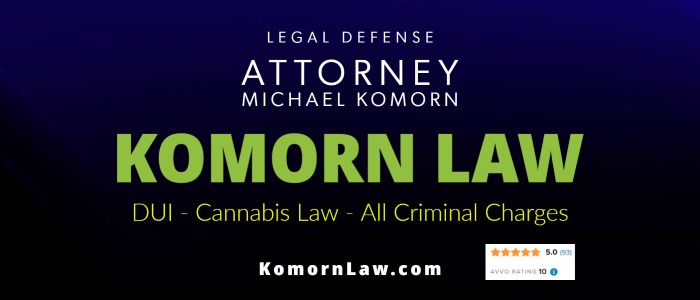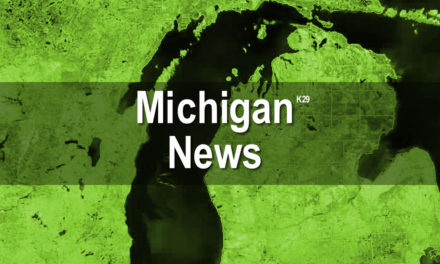The IRS is closely monitoring the marijuana industry and intends to target companies that have failed to pay their full federal tax obligations.The agency has plans to enforce the collection of those taxes.
A recently released report from a branch of the U.S. Treasury Department states the Internal Revenue Service is preparing to launch an increase in marijuana industry audits nationwide, However, it also offers a possible way for marijuana companies to skirt federal taxes.
The report – written by the Treasury Inspector General for Tax Administration (TIGTA) – found there are likely hundreds of millions of dollars in unpaid taxes owed by the marijuana industry under Section 280E of the Internal Revenue Code, which prohibits standard business deductions by companies that traffic in federally illegal drugs, including marijuana.
26 U.S. Code § 280E.Expenditures in connection with the illegal sale of drugs
No deduction or credit shall be allowed for any amount paid or incurred during the taxable year in carrying on any trade or business if such trade or business (or the activities which comprise such trade or business) consists of trafficking in controlled substances (within the meaning of schedule I and II of the Controlled Substances Act) which is prohibited by Federal law or the law of any State in which such trade or business is conducted.
Definition of Controlled Substance Schedules
Drugs and other substances that are considered controlled substances under the Controlled Substances Act (CSA) are divided into five schedules. An updated and complete list of the schedules is published annually in Title 21 Code of Federal Regulations (C.F.R.) §§1308.11 through 1308.15. Substances are placed in their respective schedules based on whether they have a currently accepted medical use in treatment in the United States, their relative abuse potential, and likelihood of causing dependence when abused. Some examples of the drugs in each schedule are listed below.
Schedule I Controlled Substances
Substances in this schedule have no currently accepted medical use in the United States, a lack of accepted safety for use under medical supervision, and a high potential for abuse.
Some examples of substances listed in Schedule I are: heroin, lysergic acid diethylamide (LSD), marijuana (cannabis), peyote, methaqualone, and 3,4-methylenedioxymethamphetamine (“Ecstasy”).
Schedule II/IIN Controlled Substances (2/2N)
Substances in this schedule have a high potential for abuse which may lead to severe psychological or physical dependence.
Examples of Schedule II narcotics include: hydromorphone (Dilaudid®), methadone (Dolophine®), meperidine (Demerol®), oxycodone (OxyContin®, Percocet®), and fentanyl (Sublimaze®, Duragesic®). Other Schedule II narcotics include: morphine, opium, codeine, and hydrocodone.
Examples of Schedule IIN stimulants include: amphetamine (Dexedrine®, Adderall®), methamphetamine (Desoxyn®), and methylphenidate (Ritalin®).
Other Schedule II substances include: amobarbital, glutethimide, and pentobarbital.
Farmington Hills, MI-based Attorney Michael Komorn who has represented the medical marijuana businesses and recreational cannabis licensing and legal defense stated “Here they come like we knew they would… so now is the time to prepare.”
- U.S. Treasury Department states the Internal Revenue Service Report
- See Office of Chief Counsel Internal Revenue Service Memorandum regarding 280E









